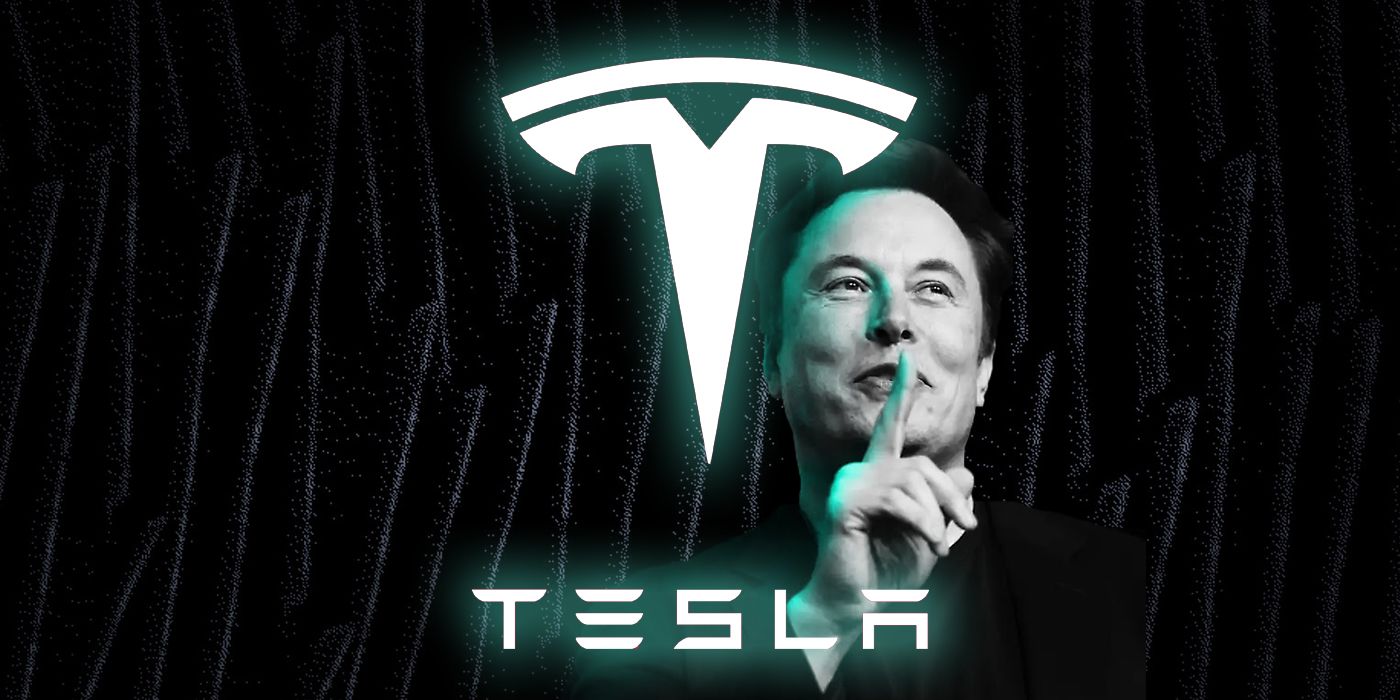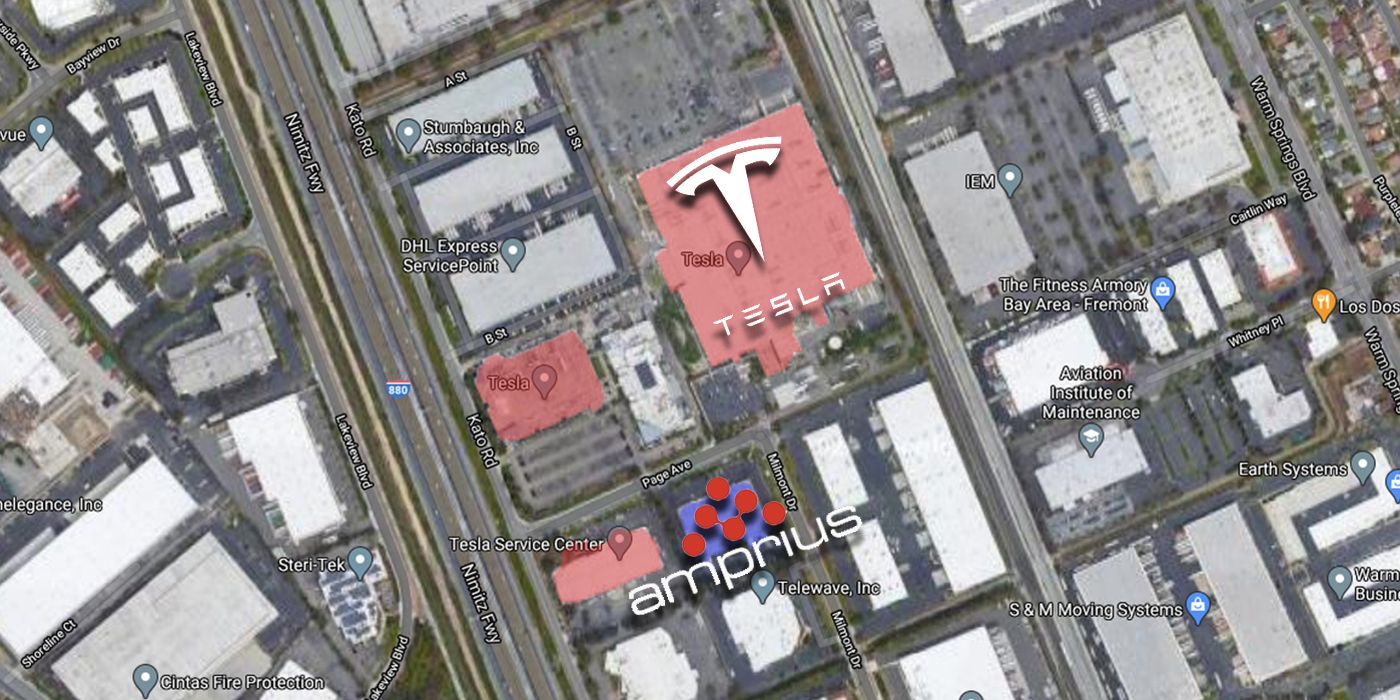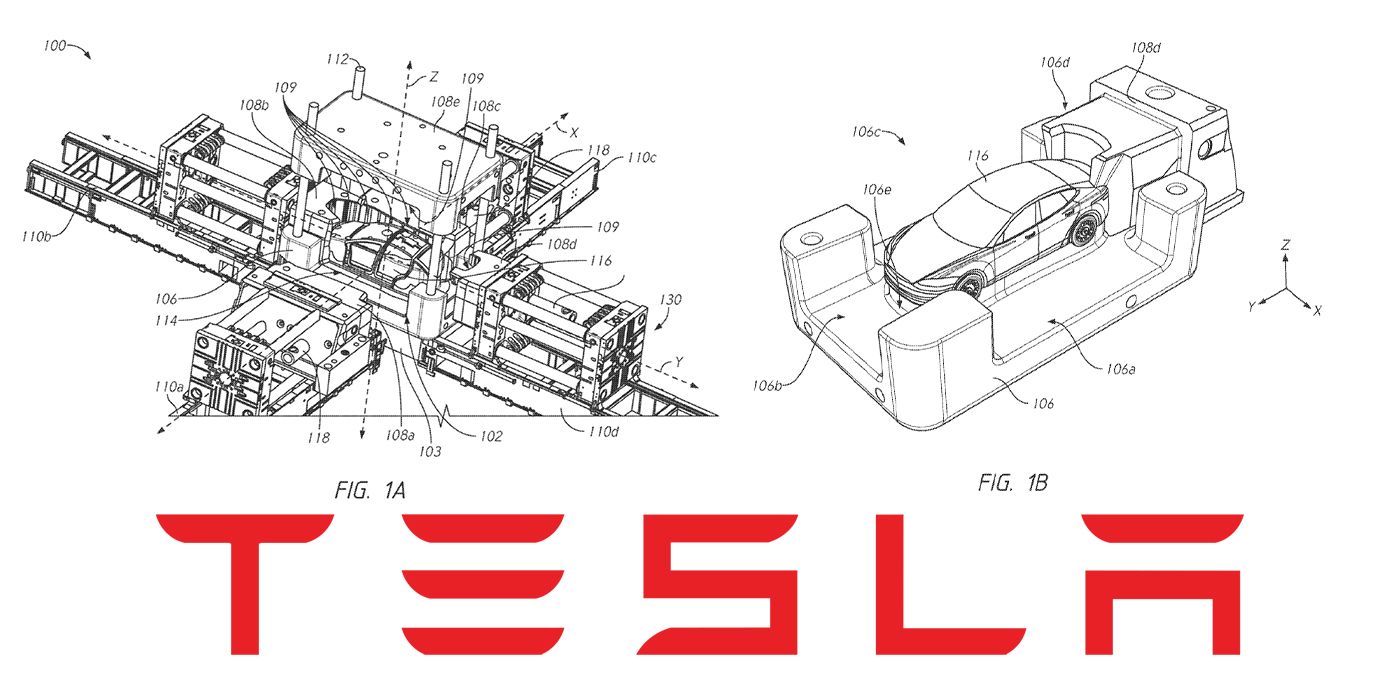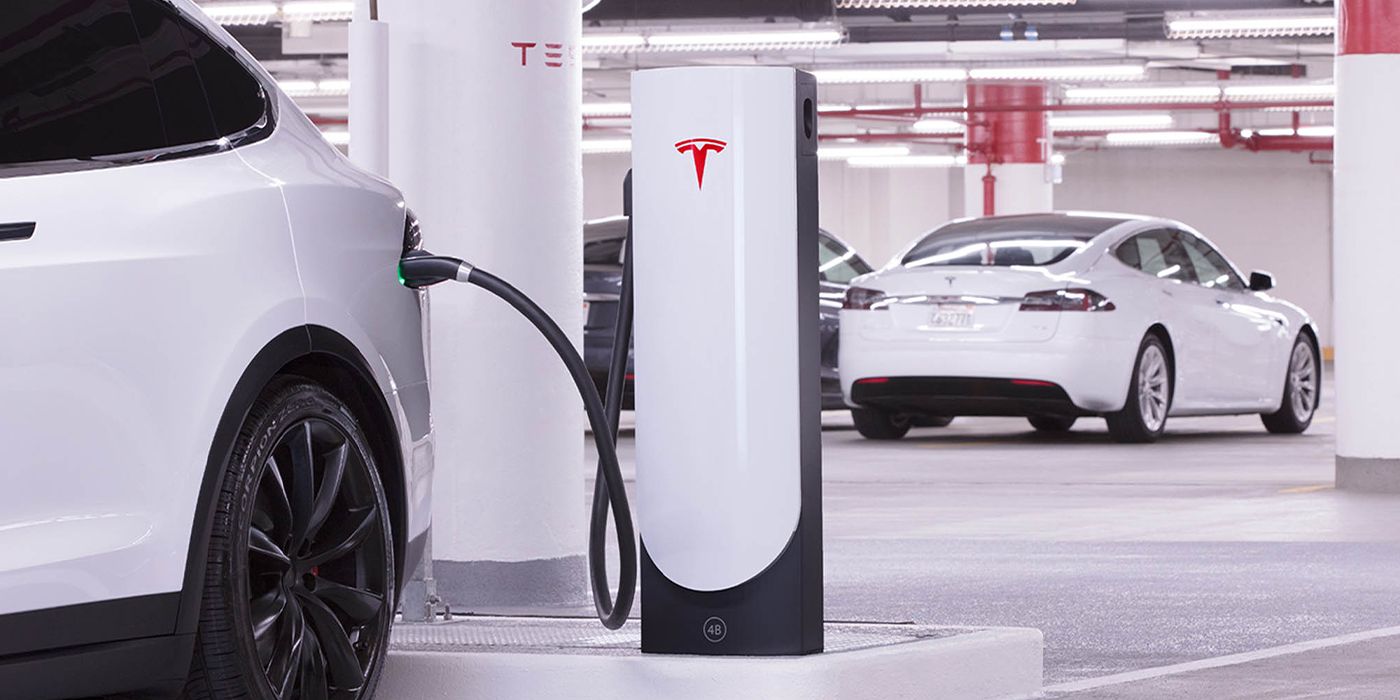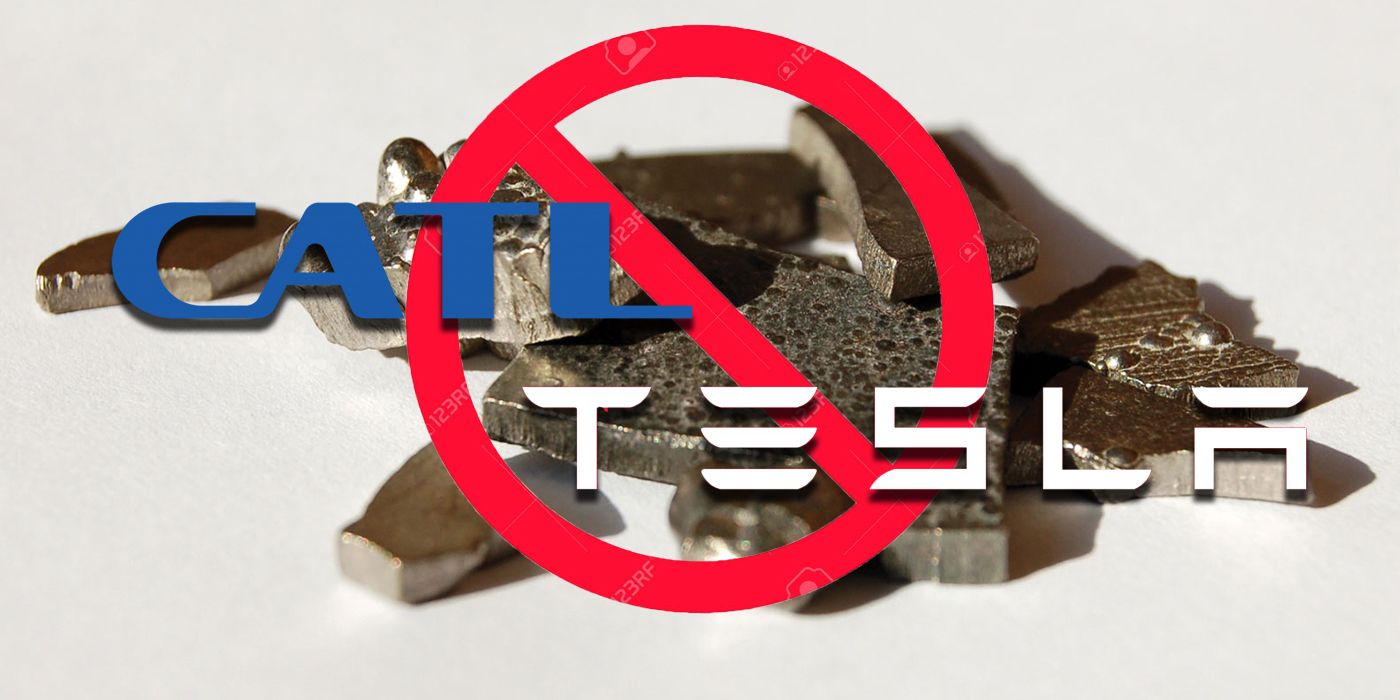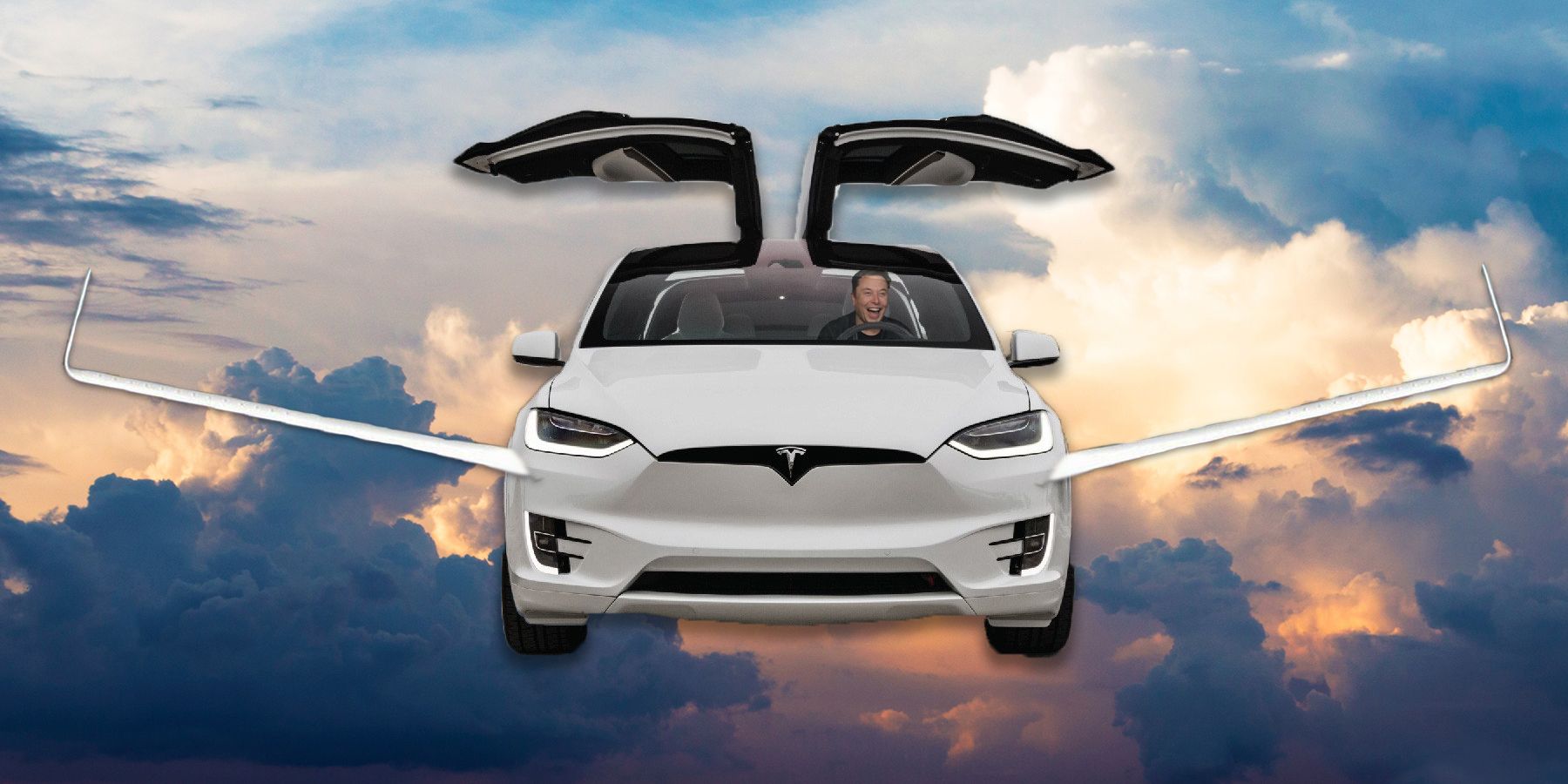Tesla's highly anticipated 'battery day' is less than three weeks away and much like a Model 3, the internet has begun to hum with pent up energy. These sort of events briefly lift up the curtain at Tesla and offer the public insight into the technologies evolving behind the company's gigafactory doors. While CEO Elon Musk has hinted at certain breakthroughs that may be announced, he has more often than not shot down rumor and speculation as of late. However, in true Elon fashion, Musk has started to ramble with excitement a few times about the event, only to stop himself short of spoiling any surprises. Still, Musk has left plenty of time and ambiguous statements for Tesla disciples worldwide to ponder and attempt to decipher.
Tesla starting delivering its first electric vehicle, the Model S, in the summer of 2013. Since then, the clean energy manufacturer has released several models complete with upgrades and variants to ensure its vehicles do more, go faster, and go further. Apart from debuting new vehicles like the Cybertruck, Tesla often opens its doors for specific events once or twice a year. Last year, it hosted 'autonomy day' where it showcased its self-driving technologies to investors and journalists. 2020 is the year of 'battery day' and according to Musk, it will be the 'most exciting' day in Tesla's seventeen-year history. The event, originally scheduled for this past April, was delayed due to the COVID-19 pandemic and was recently rescheduled for September 22, following an investor meeting. Invitations have already begun to hit inboxes, but neither the attendees nor home viewers know what's truly in store for them on battery day.
EV enthusiast websites, Twitter, and journalists alike have all taken at least one tour of the rumor mill in the past few days, and there is a plethora of speculation presently surrounding the potential docket on battery day. While nothing has been confirmed, some rumors hold more battery life than others. Factors like Tesla's previously released information, relationships with other manufacturers, and statements from Elon Musk himself, all contribute to certain rumors and add to their likelihood of being true. Here are some of the more substantial rumors floating around, and the backstory behind each of them.
Rumor #1: Silicon Nanowires
One major rumor that has spread like wildfire is surrounding the battery day invitation itself. The background image features a unique pattern of dots and clustered lines, which led to abound speculation that it's an image of nanowires, teasing at new technology and a potential breakthrough for Tesla's batteries. For example, Electrek revealed that by performing a simple reverse image search, the battery day invitation had a similar design to silicon nanowires. This led sleuths to allude to a potential collaboration between Tesla and Amprius Technologies, a battery manufacturer and distributor dedicated to silicon nanowire anodes. Furthermore, others have discovered that Tesla recently filed paperwork for the redevelopment of two buildings at its Fremont, CA factory, relaying those buildings will be focused on R&D and battery cell manufacturing. This once again ties Tesla to Amprius, which coincidentally just moved in next door.
While the Tesla fandom rejoiced in its breakthrough discovery, Musk quickly tweeted a response shooting down the theory, adding that even he was even surprised to hear that Amprius was so close in proximity before sharing thoughts on adding silicon to a carbon anode, which Musk claimed Tesla already does. Musk followed up on Twitter again to settle the debate over the original image in question, stating the EV company was 'too obtuse for its own good,' and that the image is, in fact, folded-over current collectors at the bottom of a battery cell. Musk explained they are important, but won't elaborate further until battery day.
Rumor #2: Structural Changes
Of the rumors covered, this one is bolstered the most by words straight from Elon Musk's mouth. Others have then used speculation to fill in the rest of the blanks. Over the past few months, Musk has been teasing several new manufacturing improvements to be introduced at both the Tesla Gigafactory in Berlin, and the Terafactory in Austin, which are both currently under construction. Musk talked about Gigafactory Berlin housing 'the most-advanced paint shop,' offering new multi-layered paint options for its Model Y, the first model to feature these new colors. In a separate article, Electrek reports that outside the construction in Berlin, Musk spoke briefly and cryptically about the Model Y specifically. Mentioning a slew of innovation to take place in Berlin that would be spoken more about 'in the future.'
Musk continued by revealing that the new Gigfactory would not just be manufacturing current copies of the Model Y, but there will actually be a radical redesign of the technology that lies at the core of building the vehicle. Again, this was followed up by clarifying that this will be the first time Tesla has transformed the structural design of one of its vehicles, calling it 'a big thing.' This led Electrek to speculate that Tesla might be trying to produce the Model Y frame as one large piece with as few welds as possible. To that note, Tesla filed a patent for a giant vehicle producing machine last year, and its Fremont location just received the world's largest casting machine with Gigafactory Berlin expected to be home to several more. Although not battery related, this could very well revolutionize vehicle body manufacturing and be newsworthy come battery day.
Rumor #3: The Million-Mile Battery
No, it won't travel a million miles on a single charge, but the million-mile battery has been an avid topic of conversation since April of 2019 when Elon Musk promised Tesla would achieve this million-milestone. It appears it has been achieved already, by Contemporary Amperex Technology Limited (CATL), a Chinese company claiming to have a confirmed a unit that can run a 1.24 million mile lifespan. Coincidentally or not, CATL is a battery supplier to Tesla. An article from Inverse describes a spider-diagram in terms of improved innovation which include: energy density, charge and discharge rate, durability, cycling ability, cost, and ease of manufacture. Generally, if one or two of these factors can advance, that would be considered a breakthrough in battery technology.
With that said, this article speculates that Tesla's battery day will showcase advancement in every aspect of the spider-diagram, improving by 20 to 30-percent in every area. This in turn could lead to cheaper electric vehicles, better grid-based storage, and new innovations in transportation technology like an electric jet (more on that later). Whether it's relationship with CATL is just coincidence or not, the fact remains that Tesla has been working on the capacity, efficiency, and longevity of its batteries for several years now, and if it has anything to reveal about a million-mile battery, September 22 seems like an ideal time to do so.
Rumor #4: Goodbye Cobalt
While it has been previously reported that China-based CATL does in fact have a million-mile battery ready for production, the company has not confirmed that production will be taking place at any Tesla factories. It has however, confirmed that it is working directly with Tesla to develop batteries that are completely free of cobalt. In addition to being expensive, cobalt is a rare, naturally occurring material on earth, associated with horrible mining practices involving the deaths of children. Clearly a market for alternative materials is needed, and Tesla appears to be figuring it out with CATL.
According to CNET, rumors circulating suggest that the two battery manufacturers are focused on lithium-iron phosphate batteries as an alternative to cobalt. The report suggests the two have already engaged in talks to use CATL's 'cell-to-pack' technology to counteract the missing cobalt, increasing both energy density and range. The rumors also suggest these lithium-iron phosphate batteries would roll out in China first, but there's a chance Tesla might have something up its sleeve for its own vehicles, or at least some more insight to share regarding its use of cobalt come battery day.
Rumor #5: Flying Vehicles?
Just last month, Elon Musk took to Twitter (imagine?) to share thoughts on a particular rumor circulating around the prospect of an electric plane. Musk stated that the batteries required to operate such a vehicle would require 400 watt-hours per kilogram and would need to be mass produced. Adding that battery technology like that was still three or four years away. While Musk is certainly not going to shock the world by unveiling an electric plane or a Tesla that can take flight next month, there is more behind what was said. The same article from Inverse that describes the spider-diagram, points out the potential for Tesla's future if it does truly advance its batteries in every aspect.
The current model 3 has an energy density of around 260 Wh/kg, and to reach 400 Wh/kg at this point, seems improbable. However, even if Tesla were to increase the energy density of its batteries by 30 to 50-percent, that would be a huge breakthrough. The article suggests that technological breakthroughs like this could propel Tesla miles ahead of competition and put a lot of auto manufacturers out of business. It also suggests Tesla might start by focusing on its vehicles, where it could have the biggest effect right now, then gradually move toward more ambitious projects as energy density capabilities increase each year. This could start with a short haul flying machine, but very well could lead to a full blown electric plane someday. So while the Tesla plane won't be ready come September, Tesla might have some achievements in energy density that will bring it one step closer to reality.

